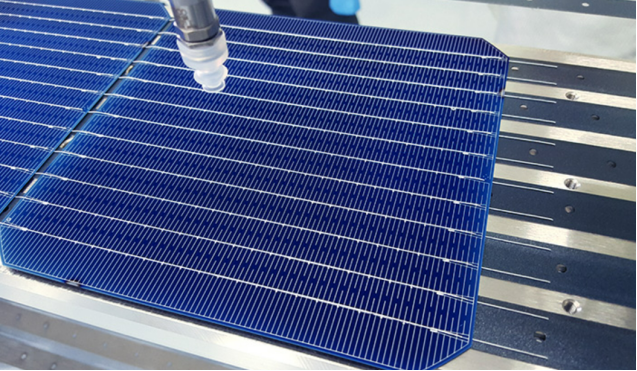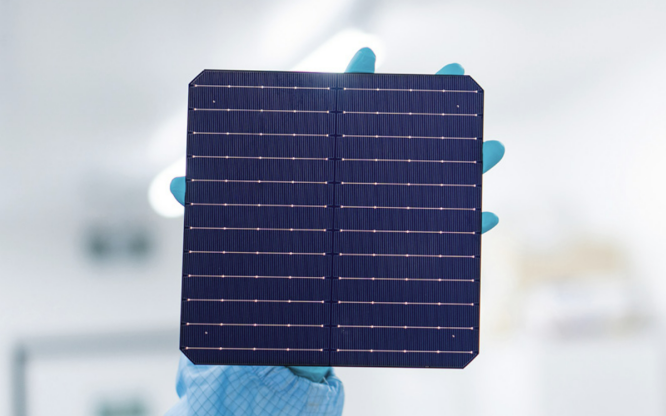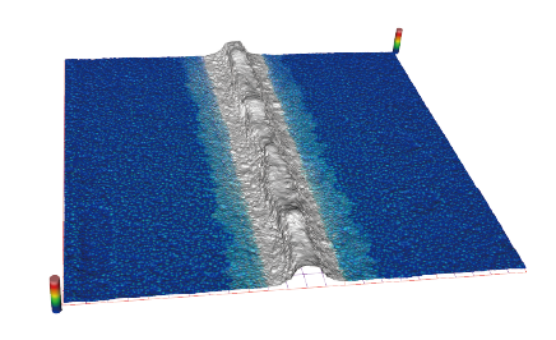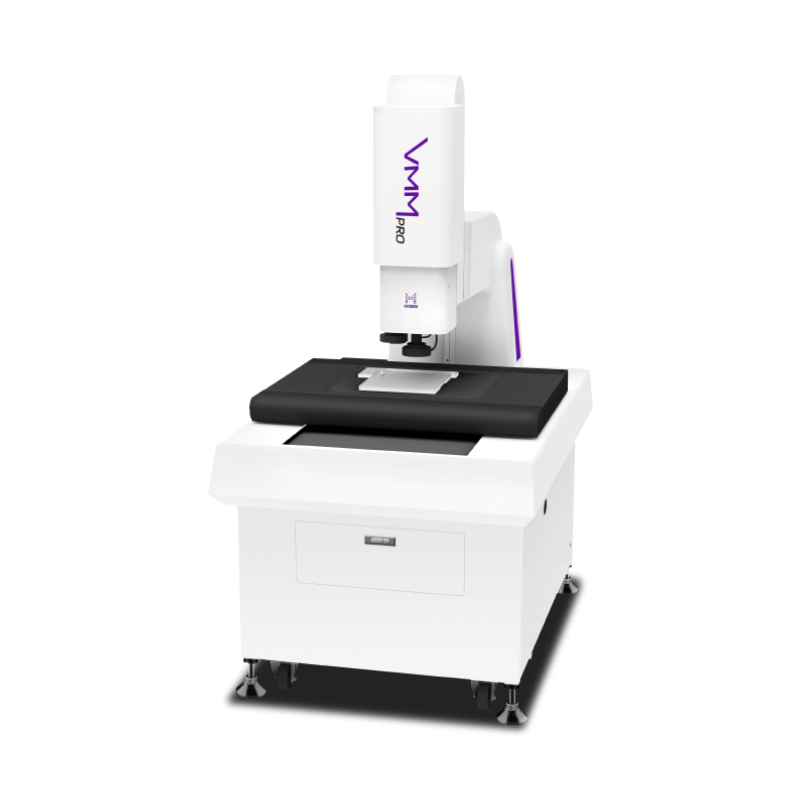
Quantum Efficiency Tester
PL/EL Integrated System
PV-Reflectumeter
3D Confocal Microscope
In-Line Four Point Probe Tester
Four Point Probe Tester
In-Line Thin Film Thickness Tester
Raman Spectrometer
FTIR Spectrometer
Spectrophotometer
Automatic Spectroscopic Ellipsometer
Contact Resistance Tester
Ultra depth of field 3D microscope
Auto Visual Tester
VMM PV Vision Measuring Machine
Solar Cell Horizontal Tensile Tester
Steady State Solar Simulator for Solar Cell
Solar Cell UV Aging Test Chamber
Solar Cell Comprehensive Tensile Tester
Visual Inspection Tester
Wet Leakage Current Tester
PV Module EL Tester
PV Module UV Preconditioning Chamber
Steady State Solar Simulator for PV Module
Current Continuous Monitor
Potential Induced Degradation Test
Bypass Diode Tester
LeTID Test System
Reverse Current Overload Tester
Impulse Voltage Tester
Hipot Insulation Tester
Ground Continuity Tester
Hipot Insulation Ground Tester
Damp Heat Test Chamber
Humidity Freeze Test
Thermal Cycle Test Chamber
Dynamic Mechanical Load Tester
Static Mechanical Load Tester
Hail Impact Tester
Robustness of Termination Tester
Module Breakage Tester
Cut Susceptibility Tester
Peel Shear Strength Tester
Universal Testing Machine (Single-arm)
Universal Testing Machine (Double-arm)
Glass Transmittance Tester
Acetic Acid Test Chamber
EVA Degree of Crosslinking Test System
Junction Box Comprehensive Tester
Drop ball tester
Semi-automatic scanning four-probe tester
Stylus Profilometer
Maximum Power Point Tracker
Perovskite Glass Transmittance Tester
Perovskite P1 Laser Scribing Multifunctional Testing Machine
Perovskite Online PL Tester
Perovskite Online Sheet Resistance Tester
Online Perovskite Film Thickness Tester
Perovskite Process Inspection Workstation
Portable IV Curve Tester
Portable EL Tester
Portable Thermal Imaging Tester
Solar Module Multi-Channel Testing System
PV Inverter Power Quality Tester
Drone EL Tester
IV Tester
IVEL Cell Sorting Machine
What is the Function of Grid Lines of Solar Cells?
Date : 2023-11-13Views : 175
Solar cell grid lines are the key to the conductivity of solar cells. A series of factors such as their height, width, and quantity will determine the photoelectric conversion rate of solar cells. Therefore, after solar cell manufacturers complete the screen printing, cleaning and texturing processes for solar cells, they often need to use precise and scientific testing equipment to conduct scientific and reliable measurements to ensure that subsequent production can proceed smoothly and effectively. Millennial Solar has produced Automatic Image Measuring Instrument for this purpose, which can precisely measure many parameters such as the width, height, and spacing of grid lines on the surface of solar cells by virtue of its own high-resolution camera-based measurement system. This helps solar cell manufacturers effectively adjust and optimize solar cells!

![]()
Detailed analysis of the role of cell grid lines on solar cell performance
The grid line of solar cell is an important part of the front metal electrode. Its main function is to collect and transmit photogenerated carriers to achieve solar energy conversion. Among them, the design of grid lines has an important impact on the performance of solar cells. Therefore, factors such as the number, width, height, and shape of grid lines need to be comprehensively considered to achieve the best photoelectric conversion rate and output power.

● The number of grid lines determines the distance between grid lines, which affects the transmission path of lateral current and the shading loss. The greater the number of grid lines, the shorter the transmission path of the lateral current, the smaller the series resistance, and the higher the fill factor and output power. However, the greater the number of grid lines, it also means that the grid lines occupy more light-receiving area, the greater the light shading loss, the lower the short-circuit current and photoelectric conversion rate.
● The width of the grid line determines the cross-sectional area of the grid line, which affects the resistance and shading loss of the grid line. The smaller the width of the grid line and the smaller the cross-sectional area of the grid line, the greater its resistance will be, and the lower the fill factor and output power will be. However, the smaller the width of the grid line, it also means that the grid line occupies less light-receiving area, the smaller the light shading loss, the higher the short-circuit current and photoelectric conversion rate. Therefore, the width of the grid line needs to find a balance between reducing series resistance and shading loss to optimize solar cell performance.
● The height of the grid line determines the cross-sectional area of the grid line, which affects the resistance and contact resistance of the grid line. The higher the height of the grid line, the larger the cross-sectional area of the grid line, the smaller the resistance of the grid line, the smaller the series resistance, and the higher the fill factor and output power will be. However, the higher the height of the grid line, the smaller the contact area between the grid line and the cell, the greater the contact resistance, and the lower the fill factor and output power.

●The shape of the grid line determines the shading effect and optical gain of the grid line. The shapes of grid lines can be divided into planar grid lines and three-dimensional grid lines. A planar grid line refers to a grid line with a rectangular or trapezoidal cross-section, which has a large light-shielding effect and a small optical gain. Three-dimensional grid lines refer to grid lines whose cross-section is triangular or arc-shaped, which has a small light-shielding effect and a large optical gain. Three-dimensional grid lines can use the refraction and reflection of light to reintroduce partially blocked light into solar cells, thereby improving the photoelectric conversion rate of solar cells. Therefore, the shape of the grid lines needs to find a balance between reducing the shading effect and increasing the optical gain to optimize the performance of the solar cell.
![]()
Precision equipment for measuring grid line parameters——Automatic Image Measuring Instrument
In order to evaluate whether the performance quality of solar cells after cleaning and texturing meets industrial standards, and to understand the grid line parameter information of its cells, usually, solar cell manufacturers need to use testing equipment that specifically measures these elements to conduct scientific testing.

E-mail: market@millennialsolar.cn
Automatic Image Measuring Instrument VMM Pro is used to detect the image and 2D plane of photovoltaic screens, as well as photovoltaic cell grid line width, spacing, printing effects, etc. The equipment is equipped with a high-resolution camera-based measurement system that enables fast and accurate measurement of various parts. VMM Pro is installed with a variety of lighting and can provide a variety of lighting combinations to meet different lighting needs. Help photovoltaic manufacturers improve screen printing processes and increase production rates.
● Use LED light source to achieve various lighting combinations
● Sub-pixel measurement function, focus repeatability can reach 0.002mm~0.003mm
● Using LED optical system, display resolution can reach 0.0001mm
● Provide one-click document and data visualization software
As the surface material of solar cells, grid lines have a profound impact on the performance of the cells. Therefore, solar cell manufacturers often need to use scientific testing instruments to detect various parameters of the grid lines to evaluate solar cell performance.Based on the diversified performance of samples, Automatic Image Measuring Instrument provides many corresponding test solutions to ensure that the fundamental problems of solar cell performance can be found and help solar cell manufacturers achieve efficient production!

































































